Are you confused by Cat5 and Cat6 cables? Do you want to know which one is best for you? Let’s clear things up.
Cat5 and Cat6 are types of Ethernet cables. Cat6 is generally better because it supports faster speeds and higher bandwidth than Cat5. However, Cat5 can be enough for some uses.
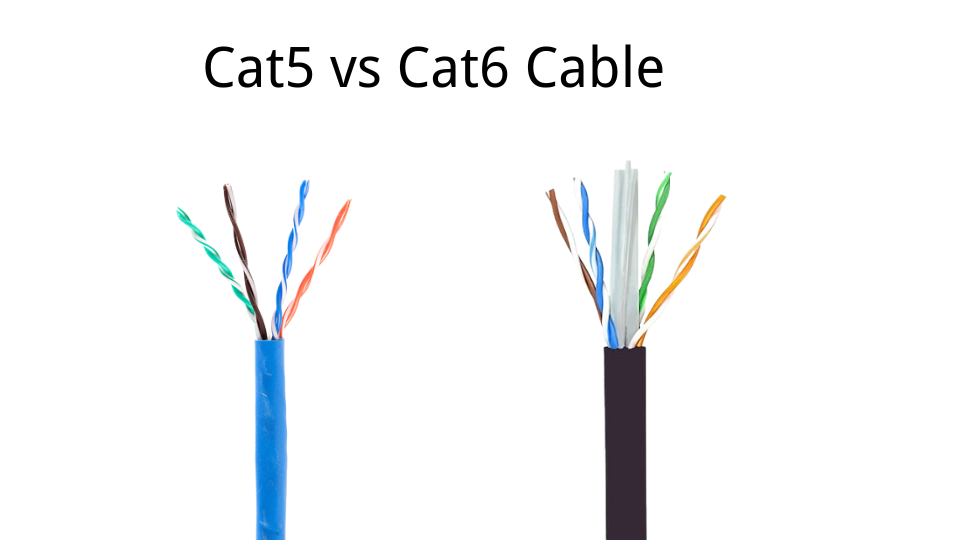
Knowing the details of each cable helps you make the right choice. What is Cat5 cable? What is Cat6? Keep reading to find out.
What is Category 5 cable
Ever heard of Category 5 cable? It was once a standard for Ethernet. But, what exactly is it?
Category 5 (Cat5) cable is an older type of Ethernet cable. It can handle data speeds up to 100 Mbps and has a bandwidth of 100 MHz. While still usable, it is now often replaced by Cat5e.
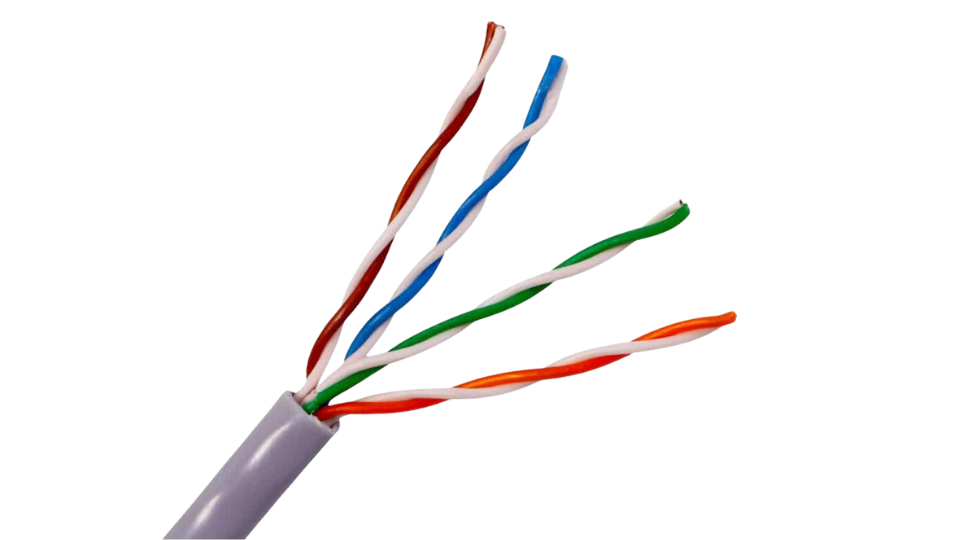
Cat5 cables were commonly used in the late 1990s and early 2000s for computer networks. They consist of four twisted pairs of copper wires. The twisting helps reduce electromagnetic interference. However, Cat5 cables are more susceptible to interference than newer standards like Cat6. This means they might not perform well in environments with lots of electrical noise.
Key features of Cat5:
| Feature | Value |
|---|---|
| Max Data Rate | 100 Mbps |
| Bandwidth | 100 MHz |
| Wire Type | Twisted Pair |
| Use Cases | Older networks, basic internet use |
What is cat6
What about Cat6? Is it just a newer version? Let’s explore what Cat6 brings to the table.
Cat6 cable is a more advanced Ethernet cable. It can support data speeds up to 10 Gbps under ideal conditions. It also has a higher bandwidth of 250 MHz. This makes it better for faster networks and demanding applications.
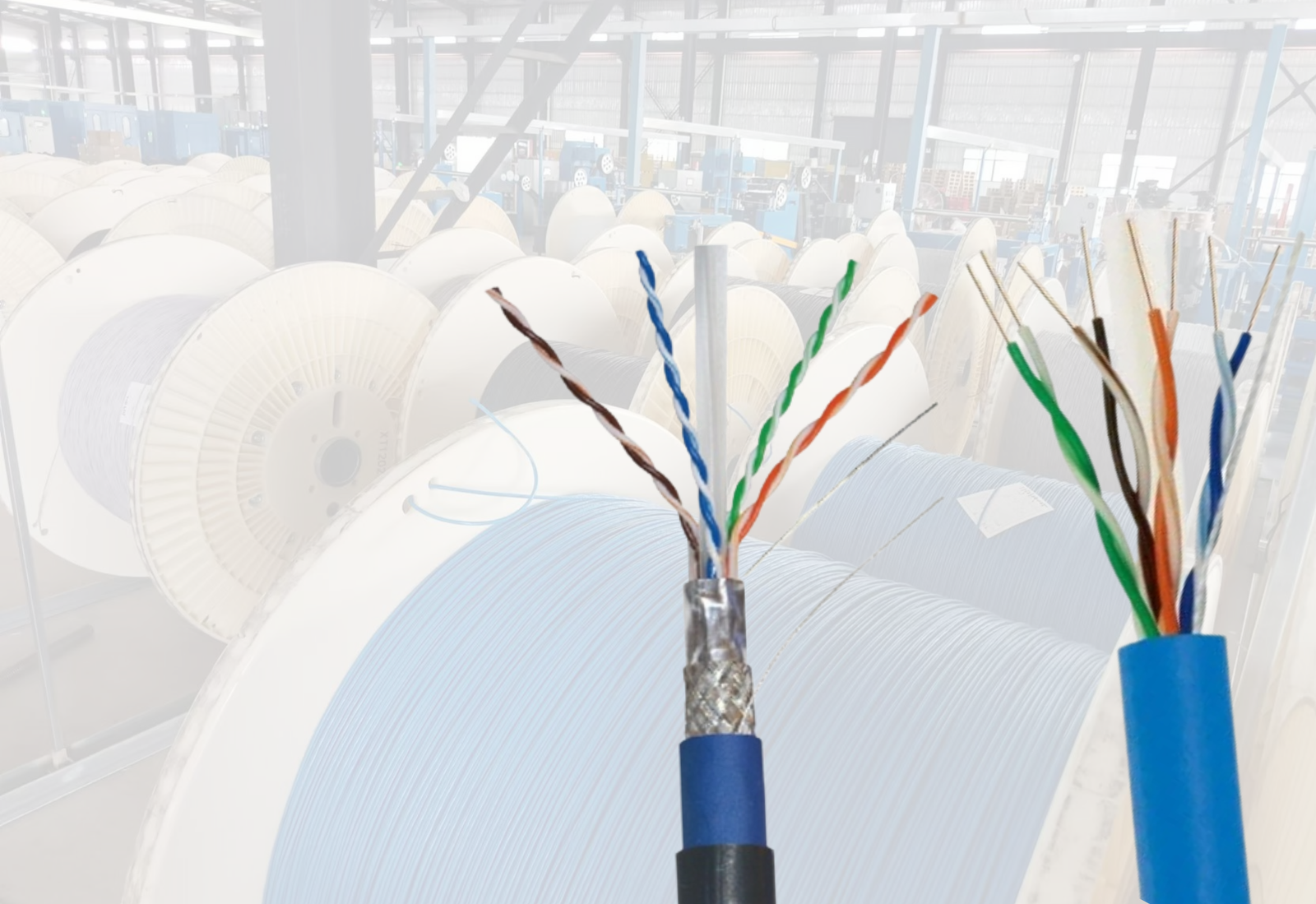
Cat6 cable[1] were designed to improve upon Cat5e cables. They feature tighter twisted pairs[2] and sometimes shielding. These enhancements reduce interference and improve data transmission. Cat6 cables are often used in offices, data centers, and homes that require faster network speeds. They are a good choice for streaming high-definition video, online gaming, and large file transfers.
Here’s a quick comparison:
| Feature | Cat6 |
|---|---|
| Max Data Rate | Up to 10 Gbps (under ideal conditions) |
| Bandwidth | 250 MHz |
| Wire Type | Tighter Twisted Pair, Shielding Optional |
| Use Cases | Modern networks, high-speed internet, gaming |
Should I run CAT5 or CAT6 in my house?
Building or upgrading your home network? Should you choose Cat5 or Cat6? Let’s figure out the best option for your home.
For most homes, Cat6 is the better choice. It offers faster speeds and more bandwidth. If you have a limited budget and slower internet, Cat5 might be okay. But, Cat6 is more future-proof.
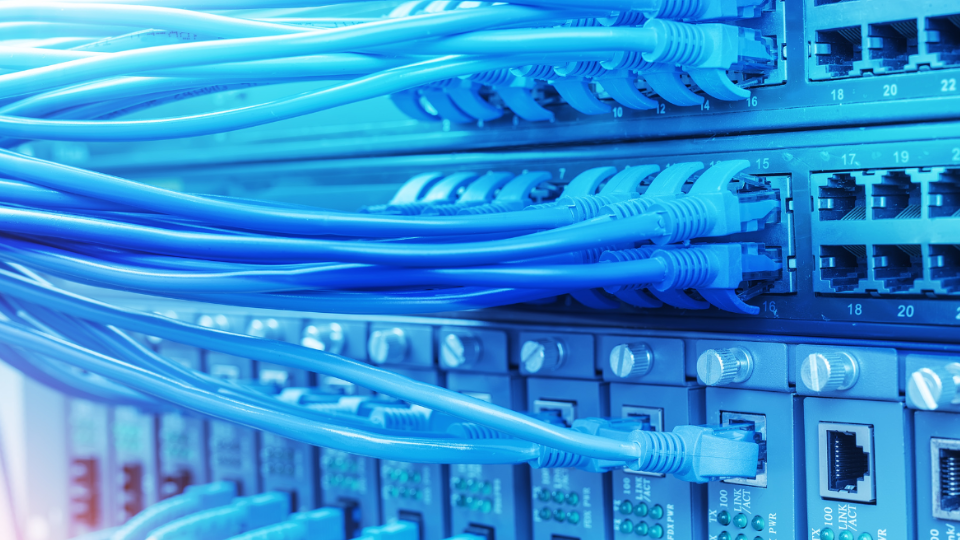
When deciding between Cat5 and Cat6 for your home, think about your internet speed and how you use your network. If you mostly browse the web and stream standard-definition video, Cat5 might be enough. However, if you have high-speed internet[3], stream 4K video, play online games, or have multiple devices using the network at the same time, Cat6 is the better option.
Here’s a simple guideline:
| Usage | Recommendation |
|---|---|
| Basic internet, light streaming | Cat5 (if on a budget) |
| High-speed internet, 4K streaming, gaming | Cat6 |
| Future-proofing | Cat6 |
I remember helping a friend upgrade their home network. They were still using Cat5 cables and complained about buffering when streaming[4] movies. We switched to Cat6, and the difference was amazing. The streaming was smooth, and their internet felt much faster.
Is Cat 6 cables faster than Cat 5?
Is Cat6 truly faster than Cat5? Does the difference matter in real life? Let’s look at the speed comparison.
Yes, Cat6 cables are faster than Cat5 cables. Cat6 can handle speeds up to 10 Gbps, while Cat5 is limited to 100 Mbps. This means Cat6 can transfer data much more quickly.
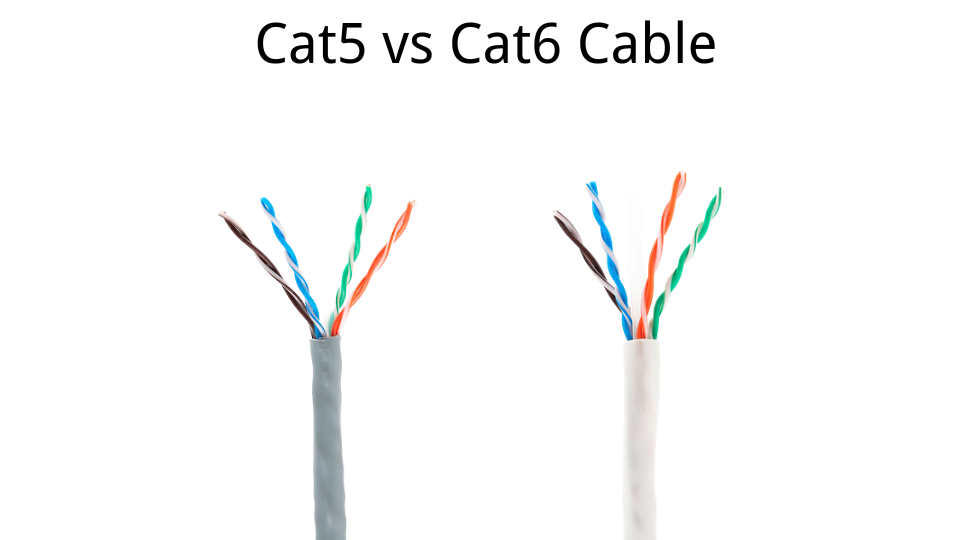
The speed difference between Cat5 and Cat6 is significant. Cat6’s higher bandwidth[5] (250 MHz vs 100 MHz) allows it to carry more data at once. This results in faster download and upload speeds [4]. While you might not always need the full 10 Gbps[6] that Cat6 offers, it provides headroom for future network upgrades.
Consider this scenario:
| Task | Cat5 | Cat6 |
|---|---|---|
| Downloading a 1 GB file | Slower | Faster |
| Streaming 4K video | May buffer | Smooth playback |
| Online gaming | Higher latency | Lower latency |
How does a CAT5 cable and a CAT6 cable differ?
What are the specific differences between Cat5 and Cat6 cables? Understanding these differences can help you choose the right cable [PAS].
Cat5 and Cat6 differ in speed, bandwidth, and construction. Cat6 has faster speeds (up to 10 Gbps) and higher bandwidth (250 MHz). Cat6 also often has better shielding to reduce interference.
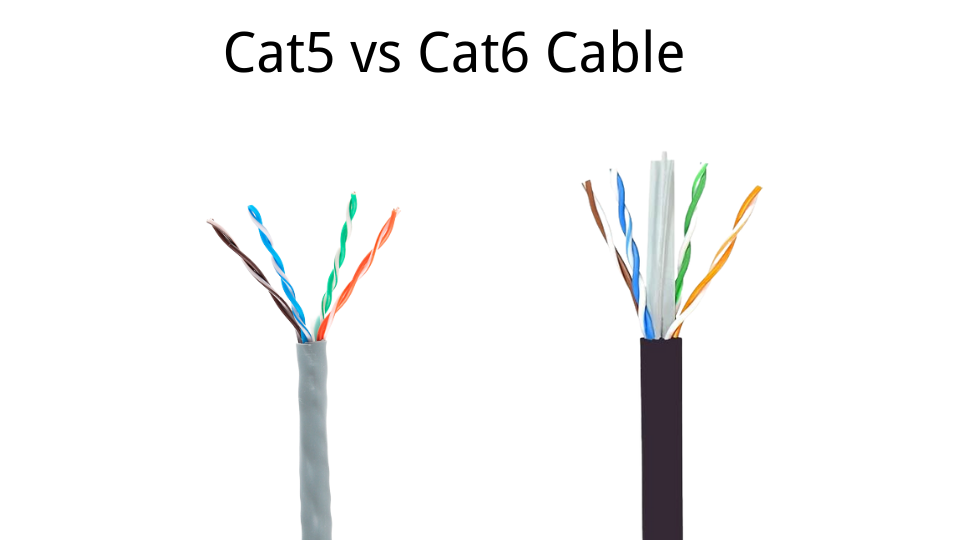
The key differences between Cat5 and Cat6 lie in their technical specifications and physical construction. Cat6 cables have tighter twisted pairs and may include a separator to further reduce interference. They are also tested to higher standards. This results in better performance and reliability.
Here’s a table summarizing the key differences:
| Feature | Cat5 | Cat6 |
|---|---|---|
| Max Data Rate | 100 Mbps | Up to 10 Gbps (under ideal conditions) |
| Bandwidth | 100 MHz | 250 MHz |
| Shielding | Typically Unshielded | Shielding Optional |
| Construction | Looser Twisted Pairs | Tighter Twisted Pairs, Separator Optional |
Conclusion
Cat6 is generally the better choice for speed and future-proofing, while Cat5 may be sufficient for basic needs and limited budgets.
[1]: Learn about the benefits of Cat6 cables for modern networking needs.
[2]: Explore the engineering behind Ethernet cables and how it affects data transmission.
[3]: Learn how high-speed internet can enhance your online activities and overall experience.
[4]: Understand the factors that lead to buffering and how to minimize it for a smoother experience.
[5]: Learn about bandwidth and its crucial role in determining your internet speed and performance.
[6]: Understand the significance of 10 Gbps and how it can future-proof your network.
